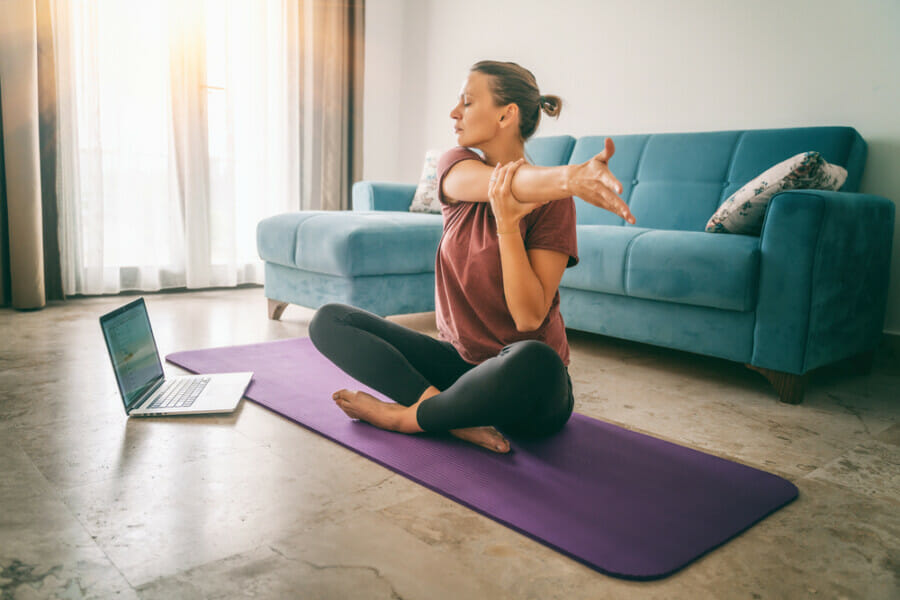Reasons to Adjust Your Stretching Routine as You Age
Remaining physically active is crucial for maintaining good health as you grow older. Kassandra Reagan, a physical therapist at the Hospital for Special Surgery in New York, emphasizes that it can help prevent various age-related health issues.
Being active doesn’t just involve cardio and strength training. The Centers for Disease Control suggests that seniors should also focus on activities that enhance balance and flexibility each week. This highlights the importance of incorporating more stretching into your routine as you age to maintain flexibility and overall health.
While the research may differ on the best stretching techniques and duration, the benefits of stretching are widely agreed upon. Stretching helps improve joint mobility, increase muscle blood circulation, and optimize muscle function, making it beneficial for individuals of all ages.
As you age, the significance of stretching remains constant, but its importance increases. Dr. Reagan explains that aging brings about physiological changes in muscles, such as strength and mass loss, reduced endurance, and decreased flexibility. Addressing these changes through stretching can help prevent functional limitations and reduce the risk of falls, injuries, and discomfort.
To counter the effects of aging, Dr. Reagan recommends incorporating stretches that align with your activity goals and overall health objectives. While specific stretches may vary based on individual needs, a comprehensive full-body stretching routine can offer substantial benefits for general health.
Adaptations to Make in Your Stretching Routine as You Age
There are various types of stretches, with static and dynamic stretching being the most common. Both methods effectively enhance flexibility, explains Dr. Reagan. Static stretching involves holding a muscle near its maximum point for an extended period, typically around 30 seconds, while dynamic stretching involves active movements to engage muscles and joints through their full range of motion.
For older adults, Dr. Reagan suggests holding stretches for a longer duration, around 40 to 60 seconds, and increasing the frequency beyond the standard recommendations of two to three days per week. Finding opportunities to integrate stretching into daily activities, like setting aside time after dinner or during daily routines, can aid in maintaining flexibility and mobility.
Starting your day with quick stretches, such as those demonstrated in an 8-minute video, can be an excellent way to incorporate stretching into your morning routine and promote overall well-being.

















